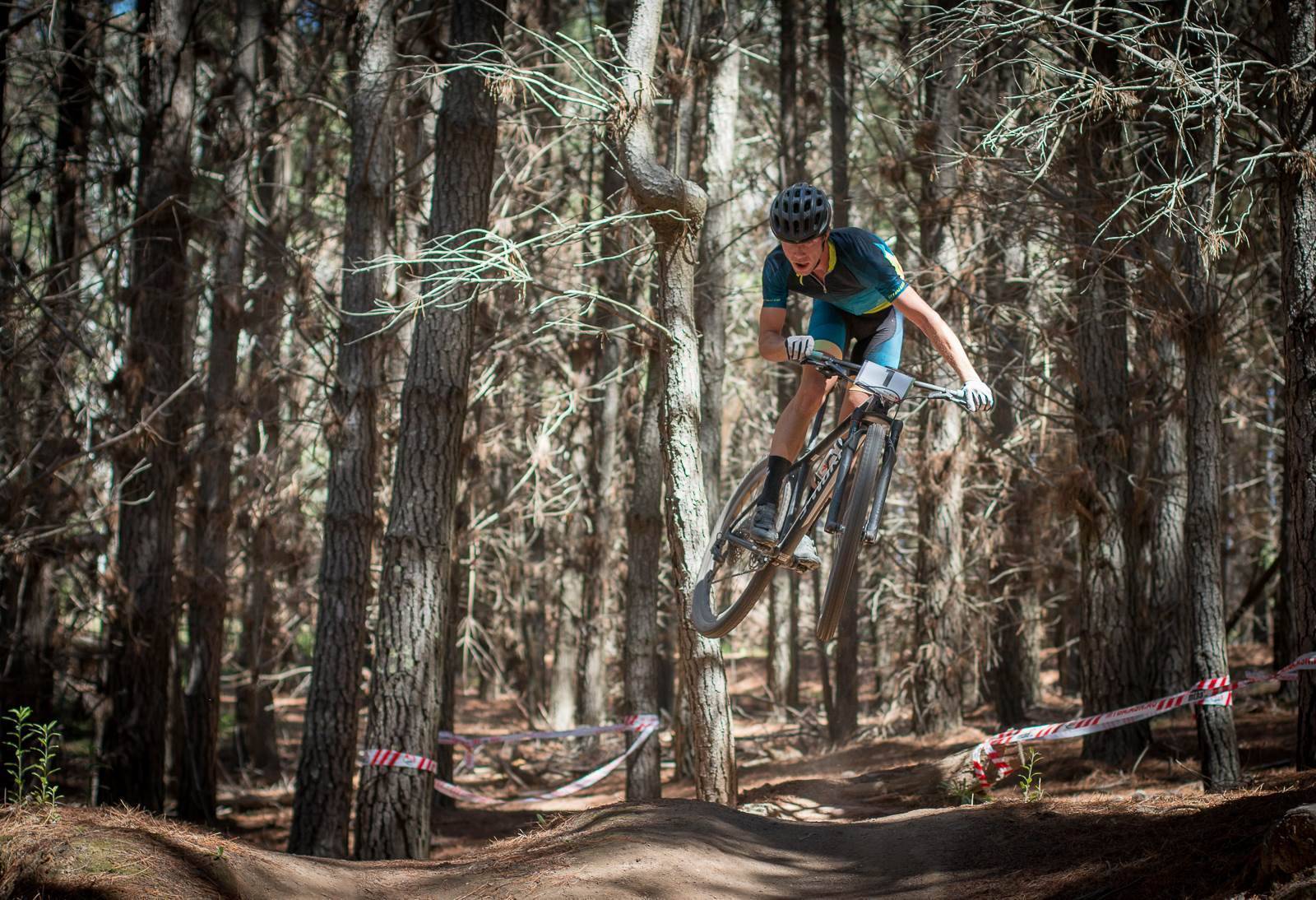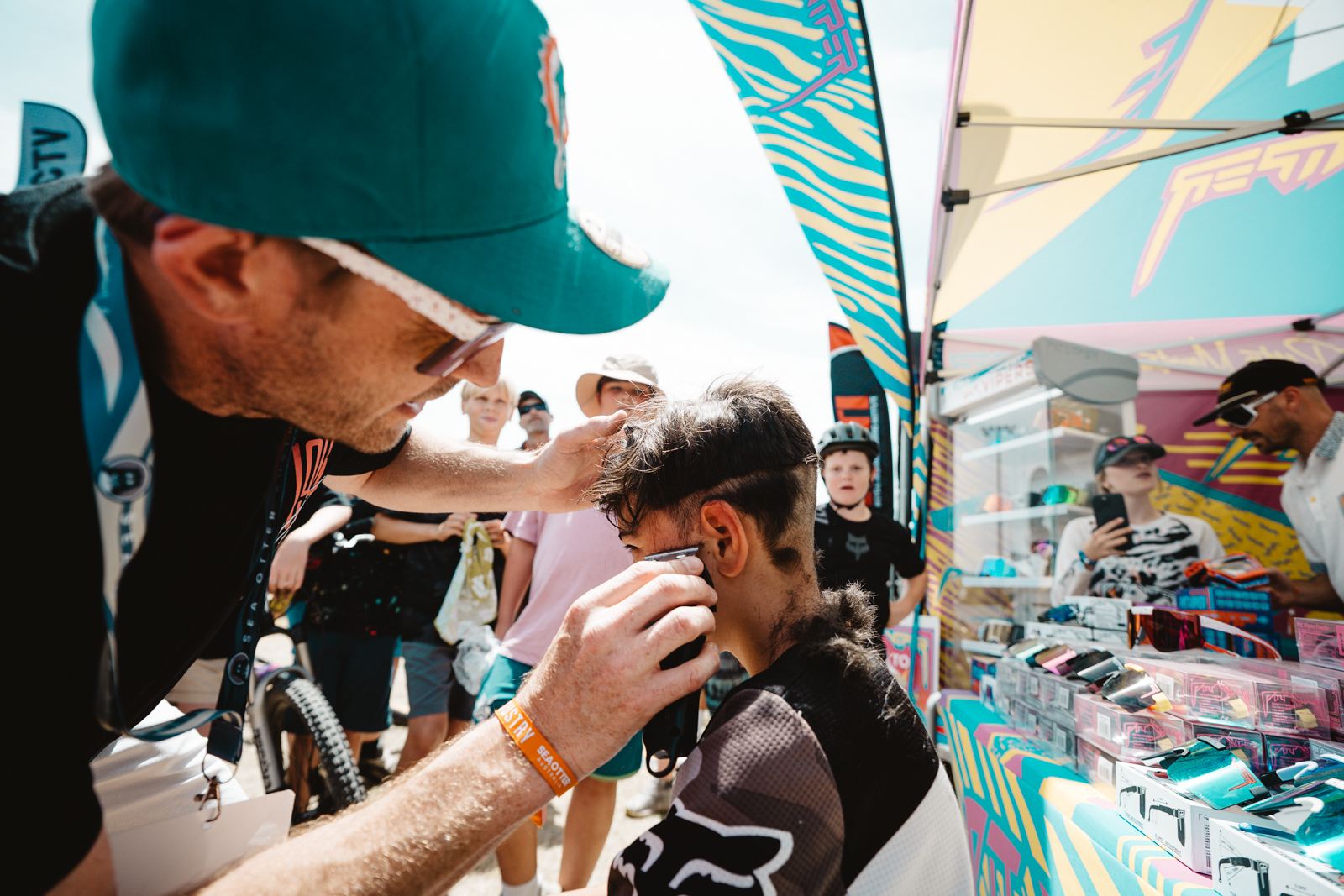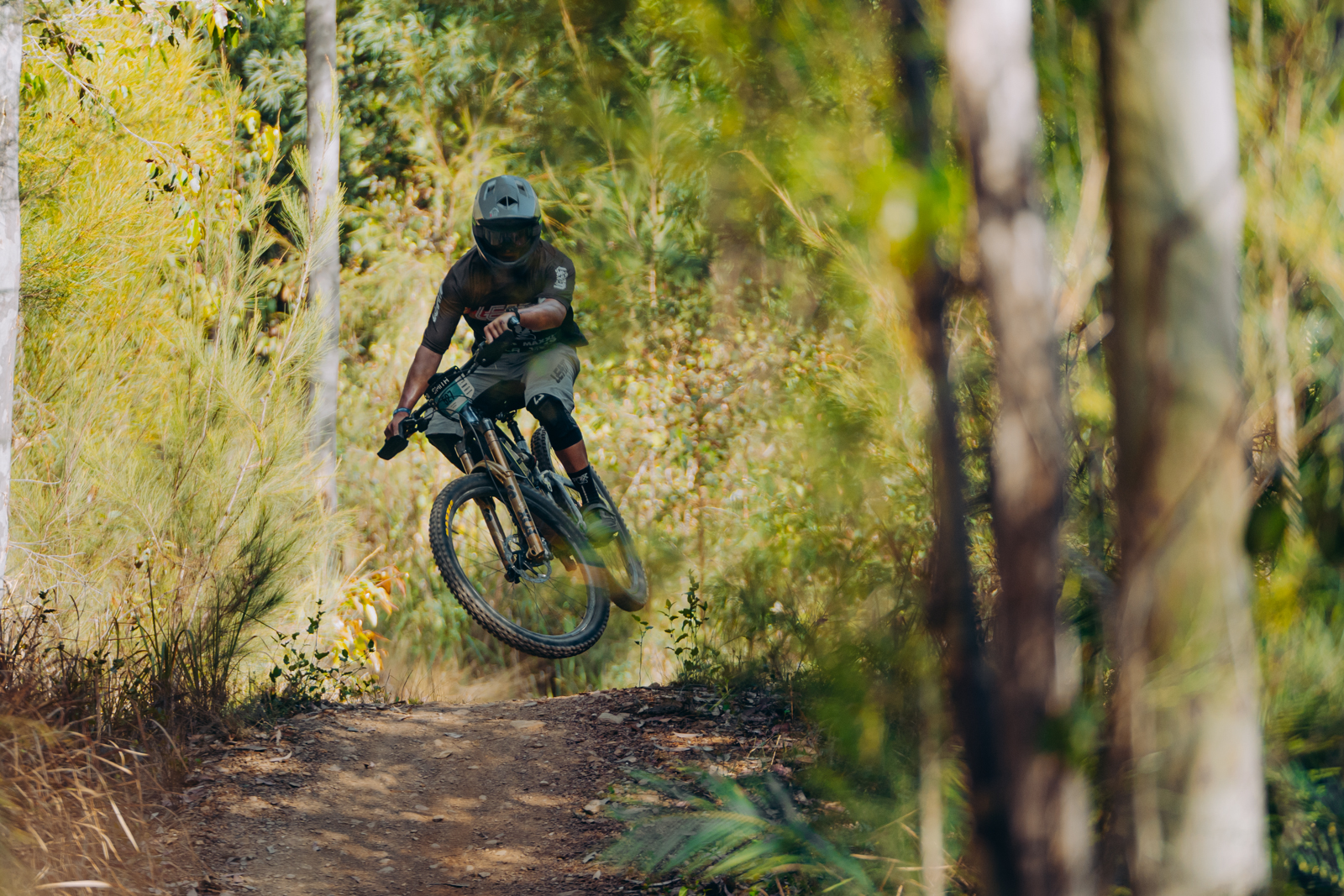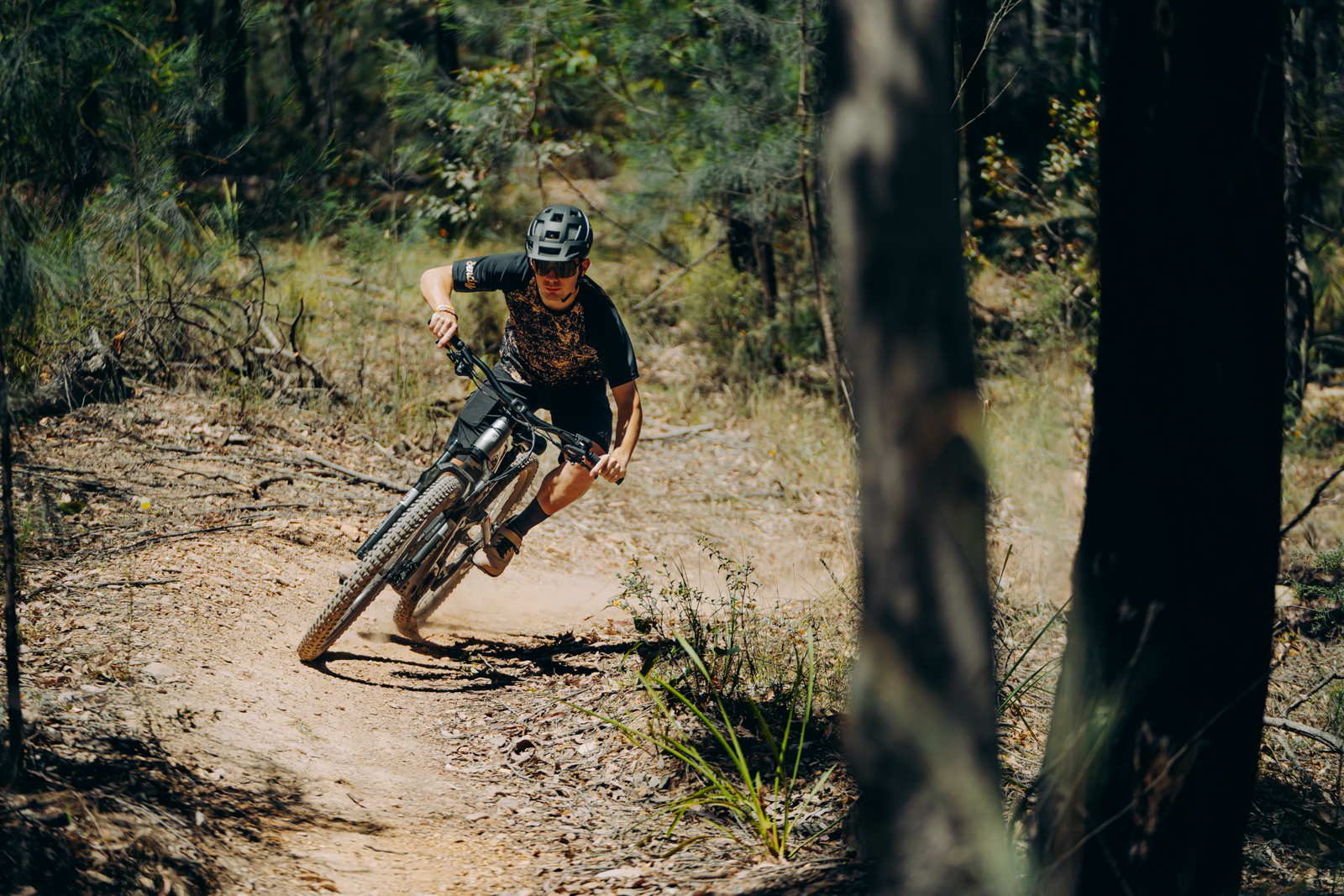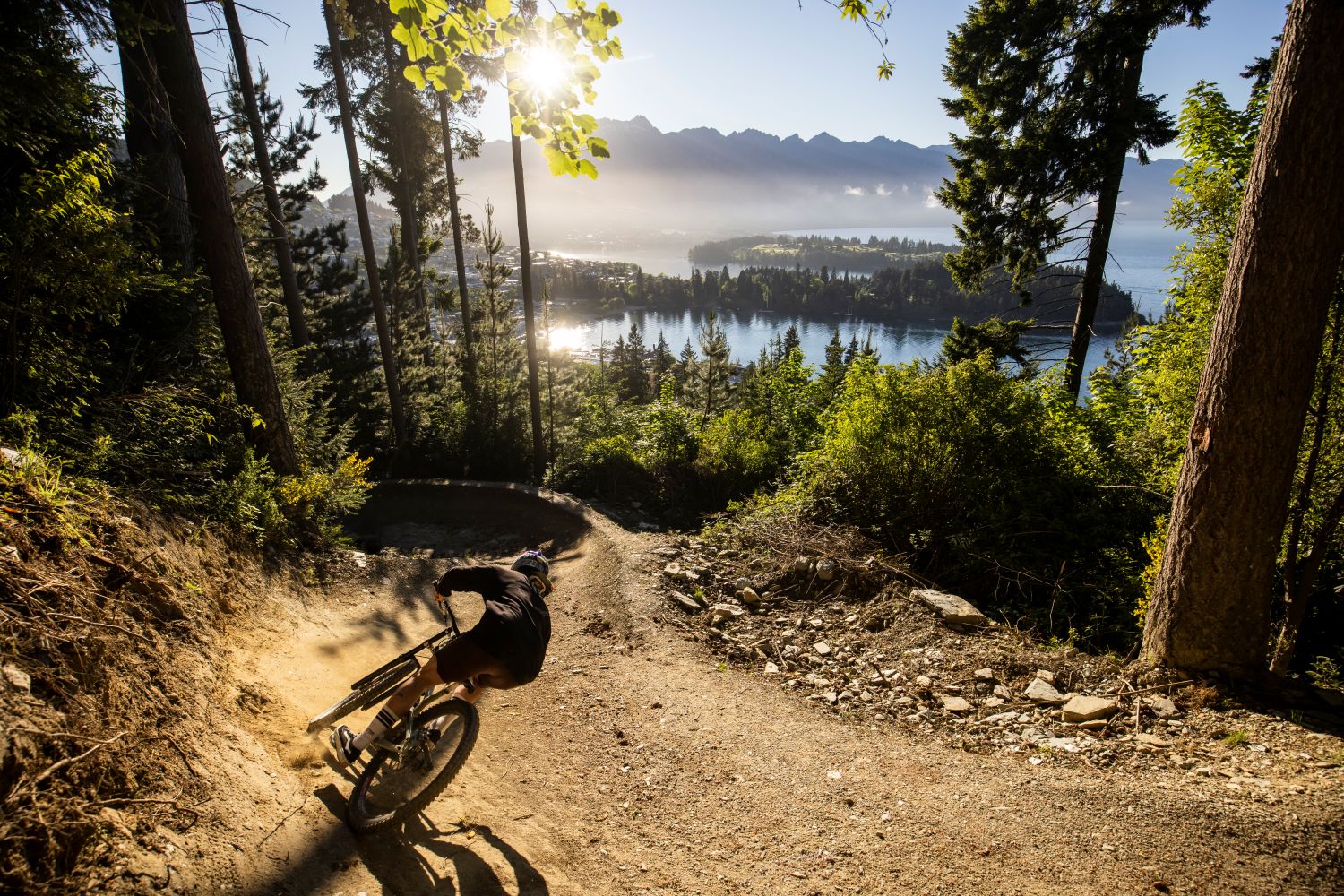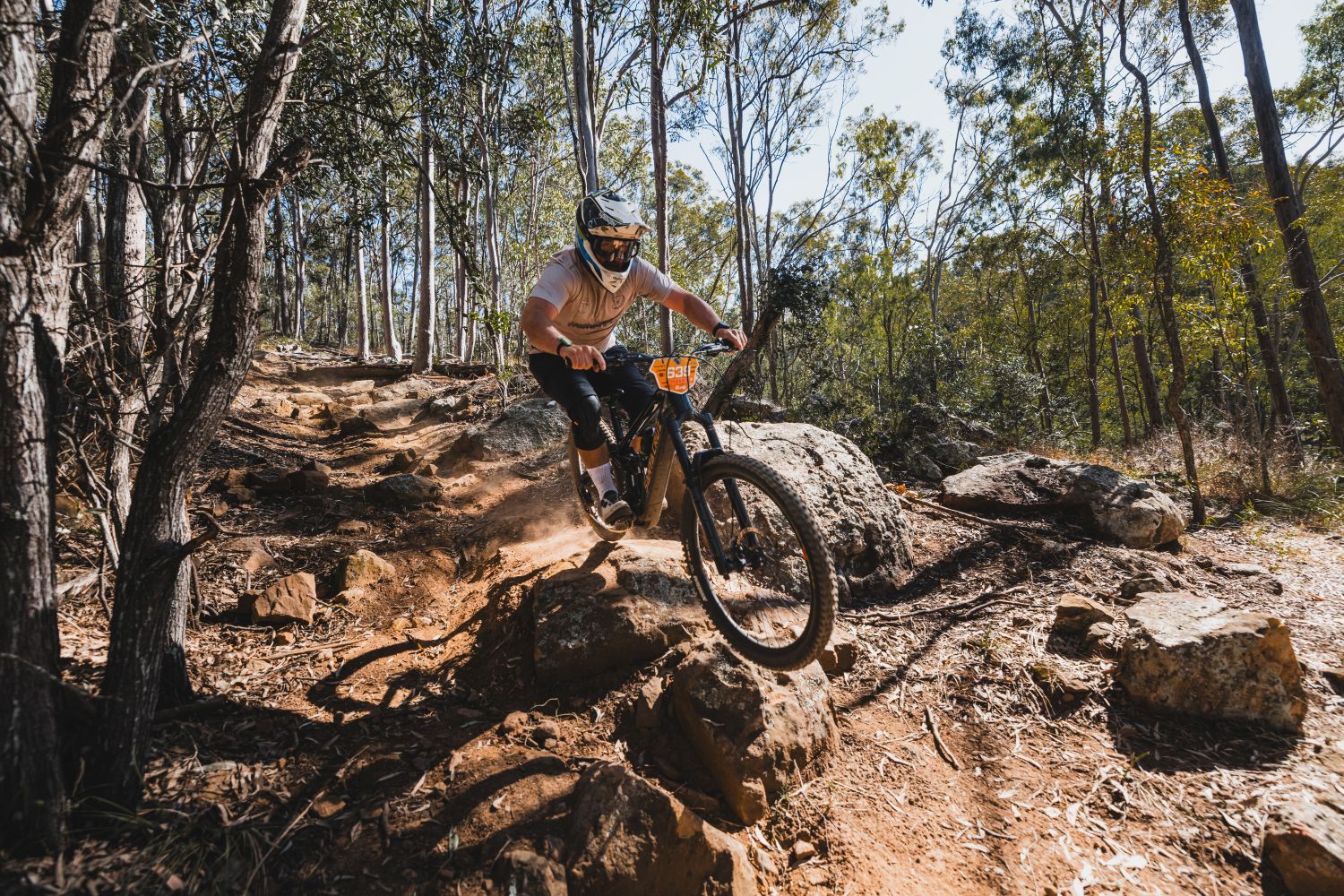Cramps 101
We take a look at cramps and separate the pickle juice from the snake oil when it comes to prevention and cures!
Words: Zoe Wilson
We’ve all had one, whether it’s in the middle of the night or the middle of a hard ride and boy are cramps painful! A cramp is an involuntary contraction of a muscle that can feel like someone is stabbing you from the inside out. Symptoms usually ease within minutes, but often leave your muscle in knots and sore for days. The exact cause of muscle cramps during exercise is still not well understood and there are many theories about how to prevent and cure them.
What causes a cramp?
Lots of theories have surfaced over time to try to explain the cause of cramping during exercise: exercising in the heat or humidity, heavy sweating, tight muscles and tiredness. One of the most common was dehydration or a lack of electrolytes (particularly sodium or salt), although there is minimal scientific evidence these are actually causes of cramps during exercise.
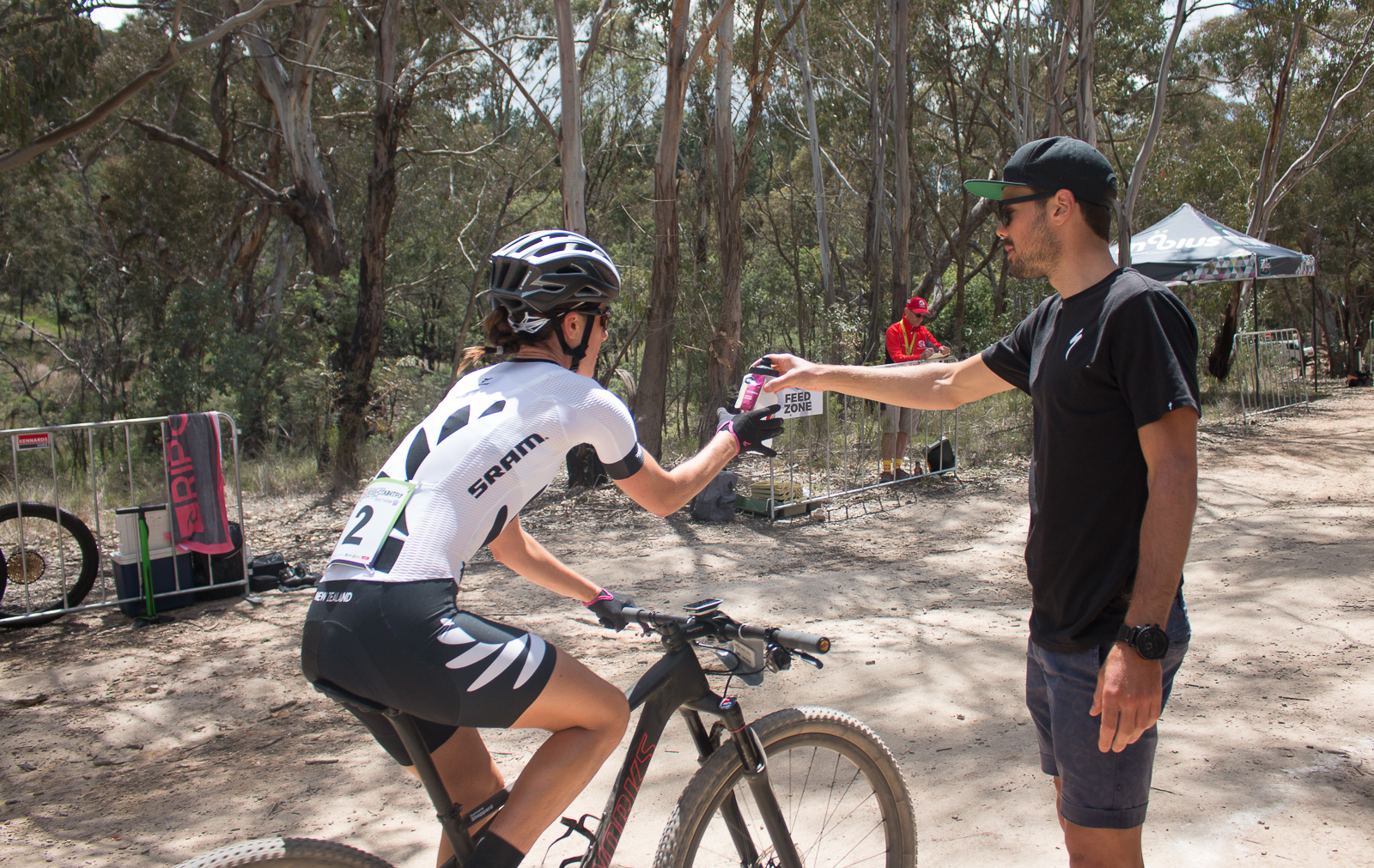
Over the last few years, the commonly scientifically agreed upon cause has become a change to the way our nerves and muscles work together (neuromuscular function) due to fatigue. Basically, fatigue switches on a muscle and the body is unable to switch off the contraction. This tends to be more common when the muscle is working in a shortened position, like in your quads when you stand to pedal and fully extend your legs. Because this switch is flicked unconsciously, cramps are difficult to actively prevent, but there are some things to do to help reduce the risk.
Training
Muscles are more likely to cramp if they are not up to the task. Weekend warriors beware. If you want to avoid cramping, then throwing yourself into a 150km ride off the back of not enough training is probably not smart idea. Instead, build your fitness slowly and consistently so your body is prepared for what you are going to put it through during your next long ride or race.
Food and Fluid
Training isn’t just about building your fitness, it’s also about practising your fuelling and getting used to eating and drinking on the bike. Although there is minimal direct evidence that lack of fluid or electrolytes cause cramps, not enough fuel or fluid can lead to more quickly to fatigue, increasing your risk. For long or high intensity rides you should be aiming for around 30-60g of carbohydrates per hour and replacing the fluid and electrolytes lost in sweat. It’s difficult to prescribe the amount of fluid and electrolytes you should take on board as everyone is different – some of us are sweaters and some aren’t and we all lose salt in our sweat at different rates. If you’re interested, a sports dietitian can help you to figure out your individual sweat rate so you can fine tune a fluid and electrolyte plan for general performance and to minimise cramping risk.

In a pickle?
Pickle juice is becoming more and more mainstream as a treatment for cramps. So much so, that you can now buy pickle juice shots specifically for athletes. And no, this is not a gimmick – there have now been several studies to show that pickle juice actually works. The thinking is that the vinegar in the pickle juice triggers a reflex in the mouth or the upper oesophagus via our “wasabi receptors” (just FYI!). This reflex then changes the nerve signals sent from the brain to the muscles, short circuiting the system and turning off that switch causing the cramp. The first major study to look at pickle juice as a treatment for cramps induced cramps using electrical pulses. The researchers found that cramps resolved about 45% faster when the person with the cramp drank pickle juice (at 1 millilitre for every kilogram of body weight) compared to when they drank water alone. Subsequent studies have confirmed these findings and also reported that pickle juice doesn’t appear to have any major side effects either. Drinking pickle juice doesn’t seem to have any major impact on your normal sports nutrition plan, hydration or on performance. It also doesn’t appear to cause any severe GI symptoms although you might be a little thirstier after taking it. In fact, another study looked at athletes and found taking a pickle juice product 30 minutes before training reduced the incidence of cramping during exercise and those who did cramp were able to return to training faster when they took the pickle juice compared to those who didn’t.
The bottom line
There are many things you can do to help prevent cramps. Training and nailing your food and fluid plan for a hard or long ride is first and foremost so you minimise fatigue. If you suffer from cramps regularly then it really does seem you have nothing to lose by giving taking pickle juice a try.
5 ways to stamp out cramps!
- If you’re going somewhere hotter climate, give yourself some time to acclimatise, don’t go out for a hero ride the first day you arrive!
- Hydrate early and often – at least 600ml per hour but double that for hot weather. Try setting a timer on your phone or GPS to remind you to drink.
- Feeling light-headed? It’s time to knock back a bottle of sports drink over the next 20 minutes, and maybe even a gel with sodium.
- Reach for salty snacks – nuts or pretzels as a pre-ride snack can be a great way to preload with electrolytes before a ride.
- Ride more if you want to ride more. You can’t expect to ride everyday on a bike holiday or big event if you don’t do a whole lot the rest of the time. Training counts!

